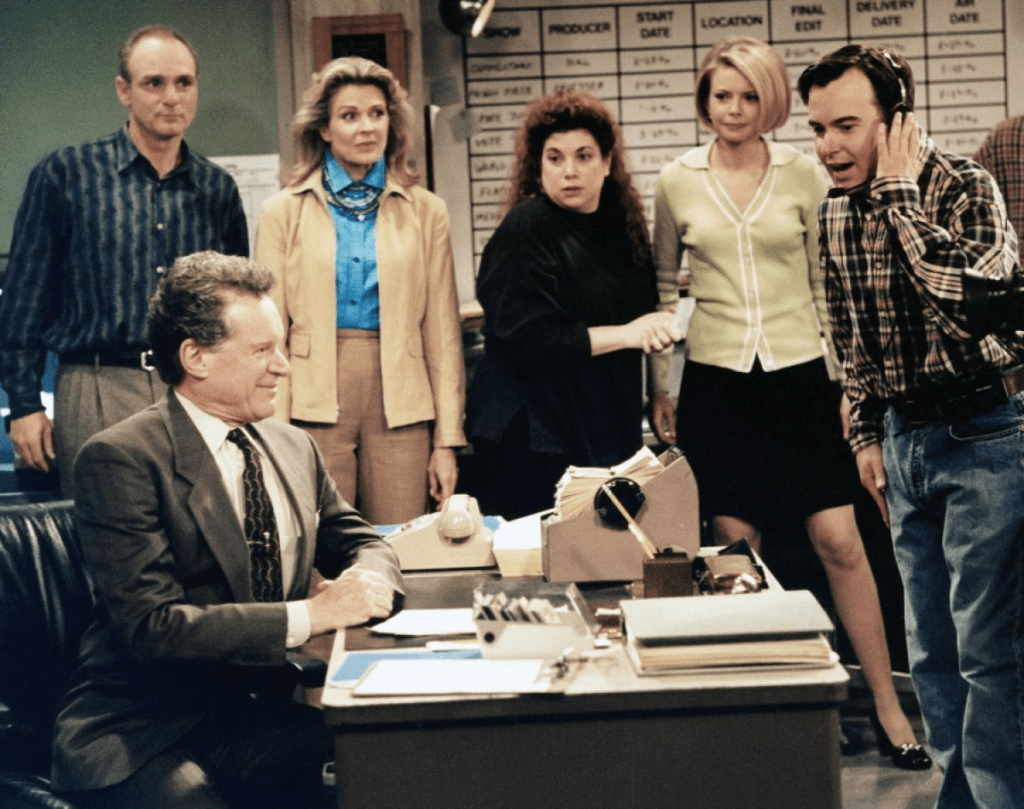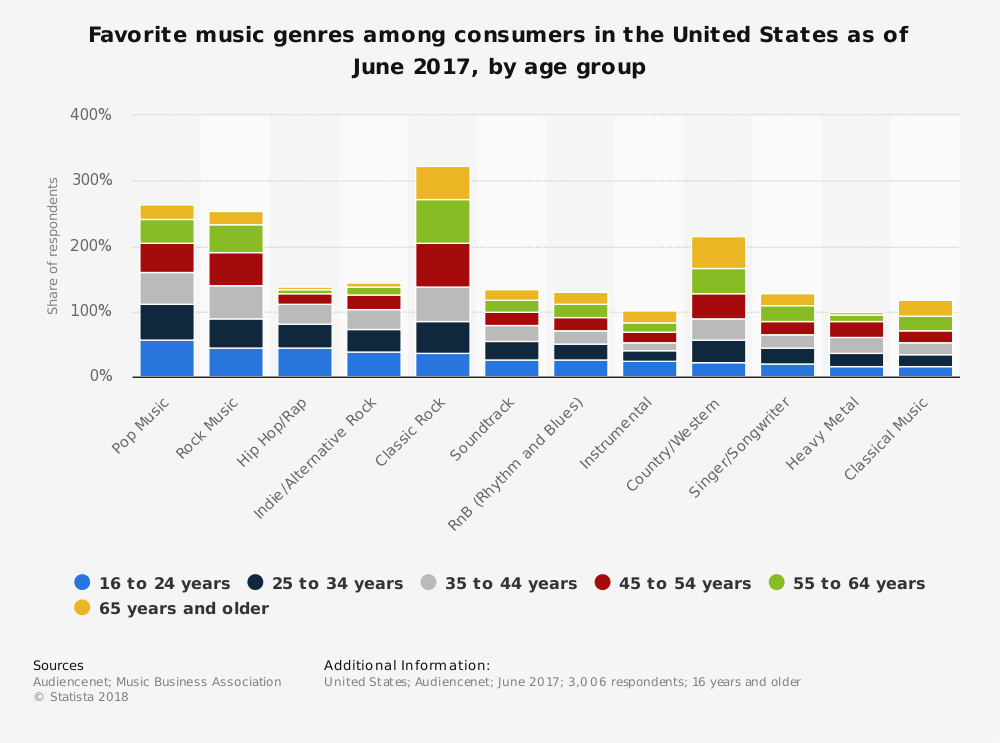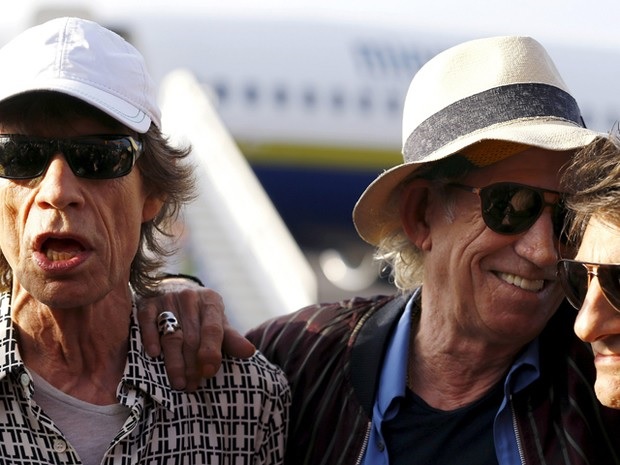
The newest thing in TV is…old.
It’s being branded as the “reboot.”
That’s where you re-gather the aging cast of once-classic TV shows, add some smartphones and modern-day references to Facebook, and watch the ratings take off…again.
Right now, TV (and yes, the movies) are getting a little “reboot crazy.” There have already been revivals of several legacy shows over the past few years, including “Roseanne,” “The X-Files” (back for its second new season), “Will & Grace,” and others. And you have to believe that all over Hollywood, writers, producers, and directors are dusting off old scripts and chatting with the agents of aging stars in preparation for their lucrative stroll down memory lane.
You have to give it to TV though. First and foremost, they’re playing to their available audience – and it’s aging. Young viewers are off to YouTube, Netflix, Hulu, and pretty much anything that doesn’t air in real time. But Boomers and Xers are still watching television, and while they may have discovered the DVR and even Netflix (it’s likely their kids set it up for them), the networks have discovered there’s ratings and revenue in going back to something new – that’s really old.
The latest is the “reboot” of the old CBS sitcom, “Murphy Brown.” What’s remarkable is that Candice Bergen and cast left the television airwaves 30 years ago this year – but will probably enjoy a triumphant return on the backs of mature viewers doing their best not to watch reality TV.

And second, TV is packaging them so much better than we do in radio. “Reboot” is a cool name, inspired by modern technology. When in fact, “Murphy Brown” is actually a reunion show with a cast that’s getting long in the tooth.
In radio, we refer to our new station concepts as “format flips,” a name that has no romance or energy. In fact, it signifies something has gone away in order to make room for a concept that’s new and unknown.
Even when radio makes a strategic change to improve an existing format (likely based on audience research or even desperation), it is done with as little flair as possible. These are often referred to as “making an adjustment” (something you’d do to a carburetor) or a format tweak. In the tech world when a business plan is scrapped to take a flyer on something else, it’s cleverly called a “pivot.” That’s just a nice way of saying the original plan failed, but we’ve invested a lot in this thing, so let’s try something else. Radio would be so much better off if it just modernized its terms.
But back to “reboots,” this new wave by the TV industry makes a statement about the American psyche – specifically, what consumers are looking for in entertainment. And in medium after medium, the masses are gravitating to the familiar, the comfortable, and even a “where are they now?” mindset.
And it’s not just the broadcast networks. Netflix has enjoyed a bonanza with its reboots, including “The Gilmore Girls,” “One Day At A Time, and “Fuller House” – to name just a few.
Is there an equivalent in radio?
Well, you’d slap me if I didn’t mention Classic Rock – not just its rise in the ’80s, but its sustainability all these years – actually, decades – later. A new Statista chart depicting popular radio formats ranked by age demos shows strong across-the-board appeal for music from bands like Zeppelin, the Stones, and the Eagles. In fact, the format’s multi-demo strength outshines other radio genres, including Pop and Country. The study was conducted by Audiencenet.
The not-surprising thing about this chart is that a majority of those 35+ say Classic Rock is their favorite format. That probably squares with what you know and believe. But the data also show that nearly half (49%) of 25-34 year-olds prefer old rock, while even 37% of 16-24s make Classic Rock their favorite format, too. Of all the formats tested, none comes close to the broad appeal of Classic Rock.

Interestingly, some of Classic Rock’s biggest “Mt. Rushmore” artists are now transitioning their performances and even their career paths. While Bruce Springsteen has traded in arena shows for the intimacy (and profits) of Broadway, bands like Rush, Lynyrd Skynyrd, as well as solo icons like Elton John have gone into full retirement mode – or will do so soon.
A story by Jeff Giles in UltimateClassicRock.com frames the dilemma that many music fans now face as some of these legacy performers either pass away or choose to pick up that gold guitar pick and call it a career.
Giles notes there are still many performance options for Classic Rock fans – including seeing a band in concert during their final victory tour. And on the positive side, he points out that many Classic Rockers are still alive, healthy, and still playing at a  high level. (Who would have thought that Paul McCartney, Mick Jagger, and Keith Richards would have outlasted so many artists that have either left this earth or opted not to continue the grueling touring regimen?)
high level. (Who would have thought that Paul McCartney, Mick Jagger, and Keith Richards would have outlasted so many artists that have either left this earth or opted not to continue the grueling touring regimen?)
But the other reality is how many Classic Rock bands have replaced key members who have moved on, and are still packing concert halls and sheds every summer. The Eagles, Foreigner, the Who, Journey, and many others continue to enjoy box office success, playing their classics with a patchwork of new performers and pinch-hitters.
But there’s an additional way to enjoy your favorite Classic Rock – “tribute bands.” Many core fans just want to see and hear the music they grew up with performed at a high level by players who are true to the music – as well as the overall look and feel of the originals. Who’s on stage takes a backseat to the vibe – the ability to enjoy a band and its music that’s no longer accessible in its original form.
 The Fab Four (Beatles), Zoso (Led Zeppelin), and Australian Pink Floyd (pictured left) are among some of the best and most popular of these “imposter bands.” For true fans of bands that may never tour again with their original members, these lookalike/soundalike ensembles are the next best thing.
The Fab Four (Beatles), Zoso (Led Zeppelin), and Australian Pink Floyd (pictured left) are among some of the best and most popular of these “imposter bands.” For true fans of bands that may never tour again with their original members, these lookalike/soundalike ensembles are the next best thing.
And when you come to think about it, symphony orchestras may have been the original “tribute bands,” as millions of fans have enjoyed the music of Brahms, Chopin, Mozart, and Beethoven for centuries, thanks to great musicians of the present recreating their classic works.

The media world has only become more competitive as choice abounds, and content and distribution are proliferating.
And the appeal of nostalgia, living in the past, and the promise of better times has never been greater than it is right now.
Long live the “reboot.”
- Is Public Radio A Victim Of Its Own Org Chart – Part 2 - December 24, 2024
- In 2024, The Forecast Calls For Pain - December 23, 2024
- Old Man, Take A Look At My Ratings - December 20, 2024




Hooray for “The Blasts from The Past” with contemporary curation! Thank you, Fred! – A Boomer in Boston.